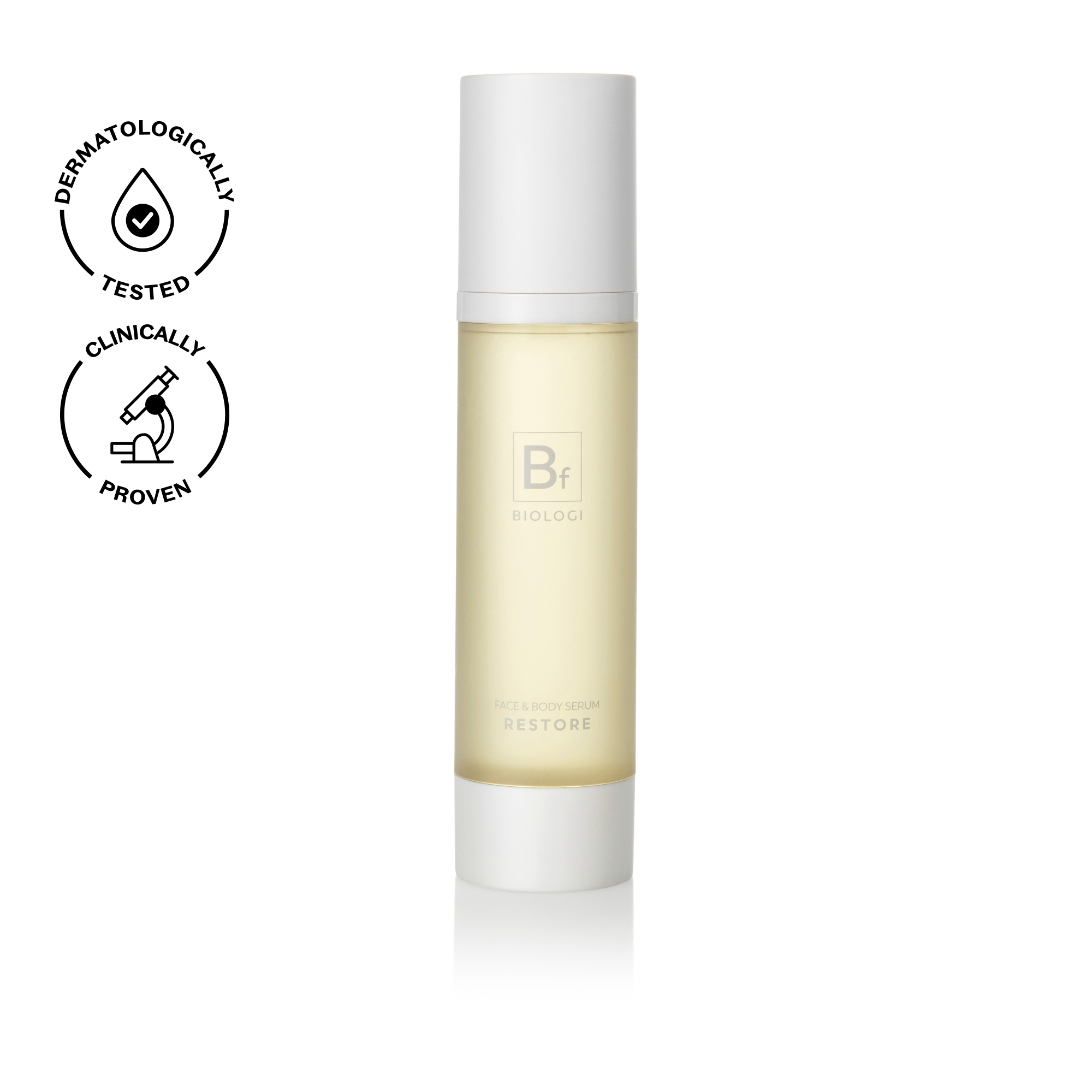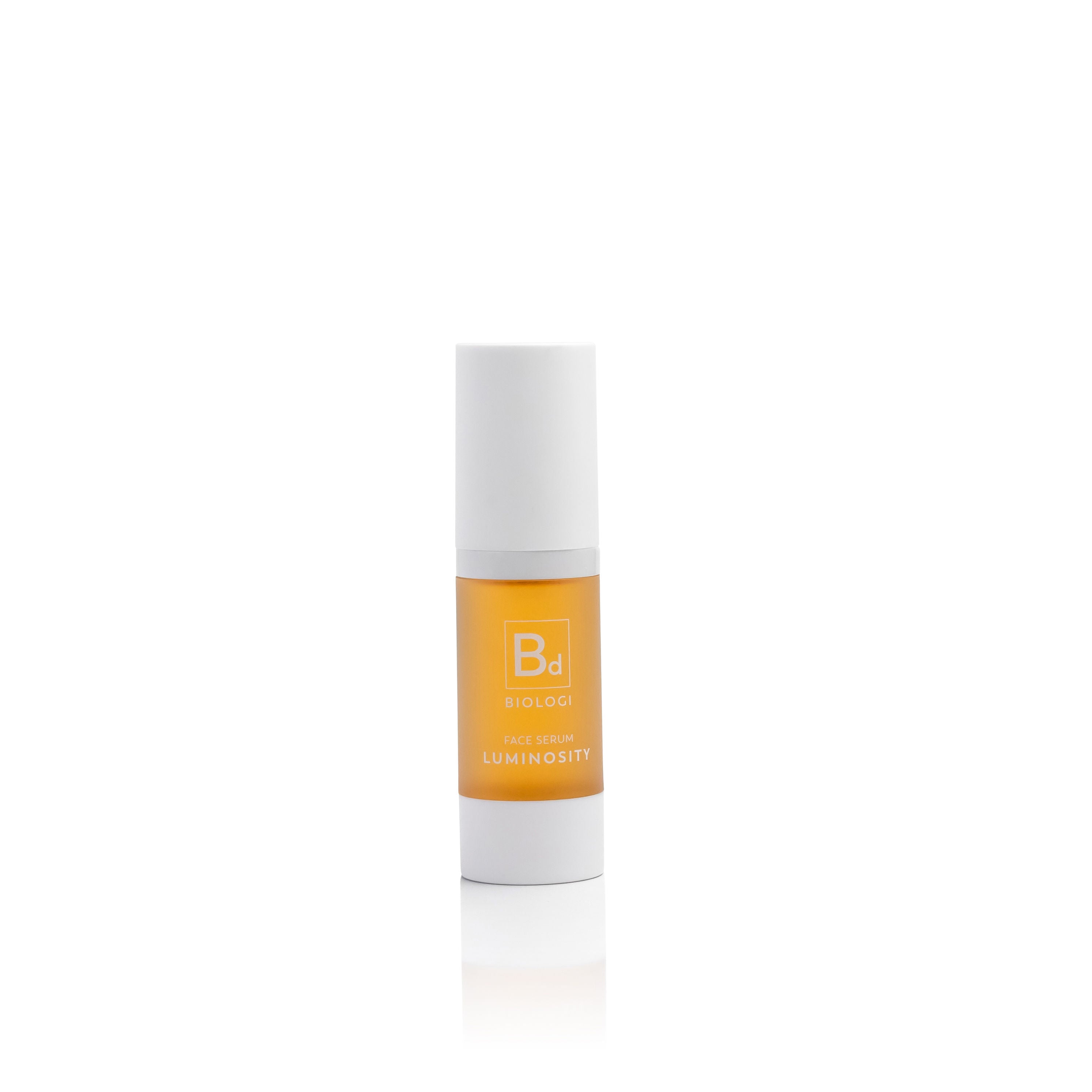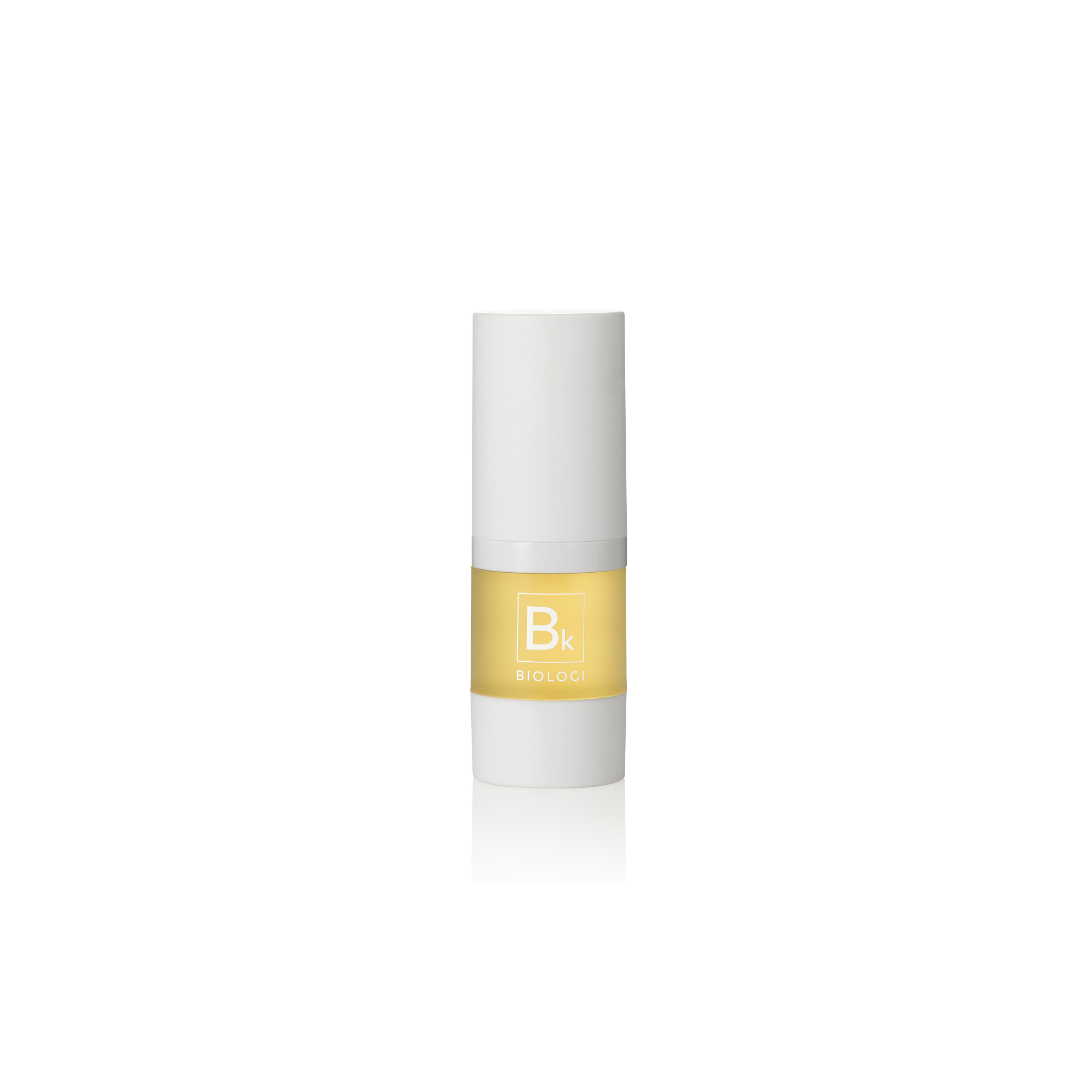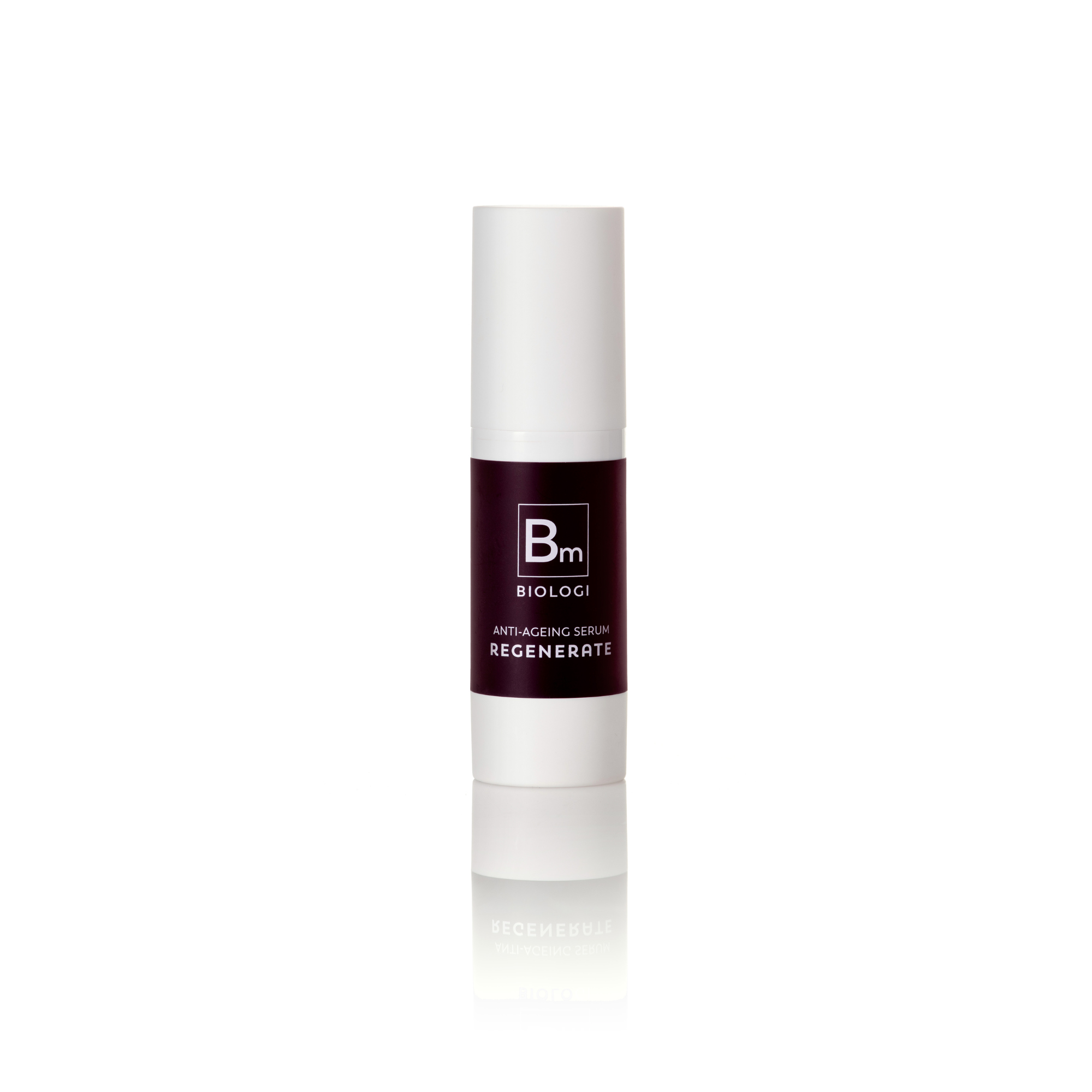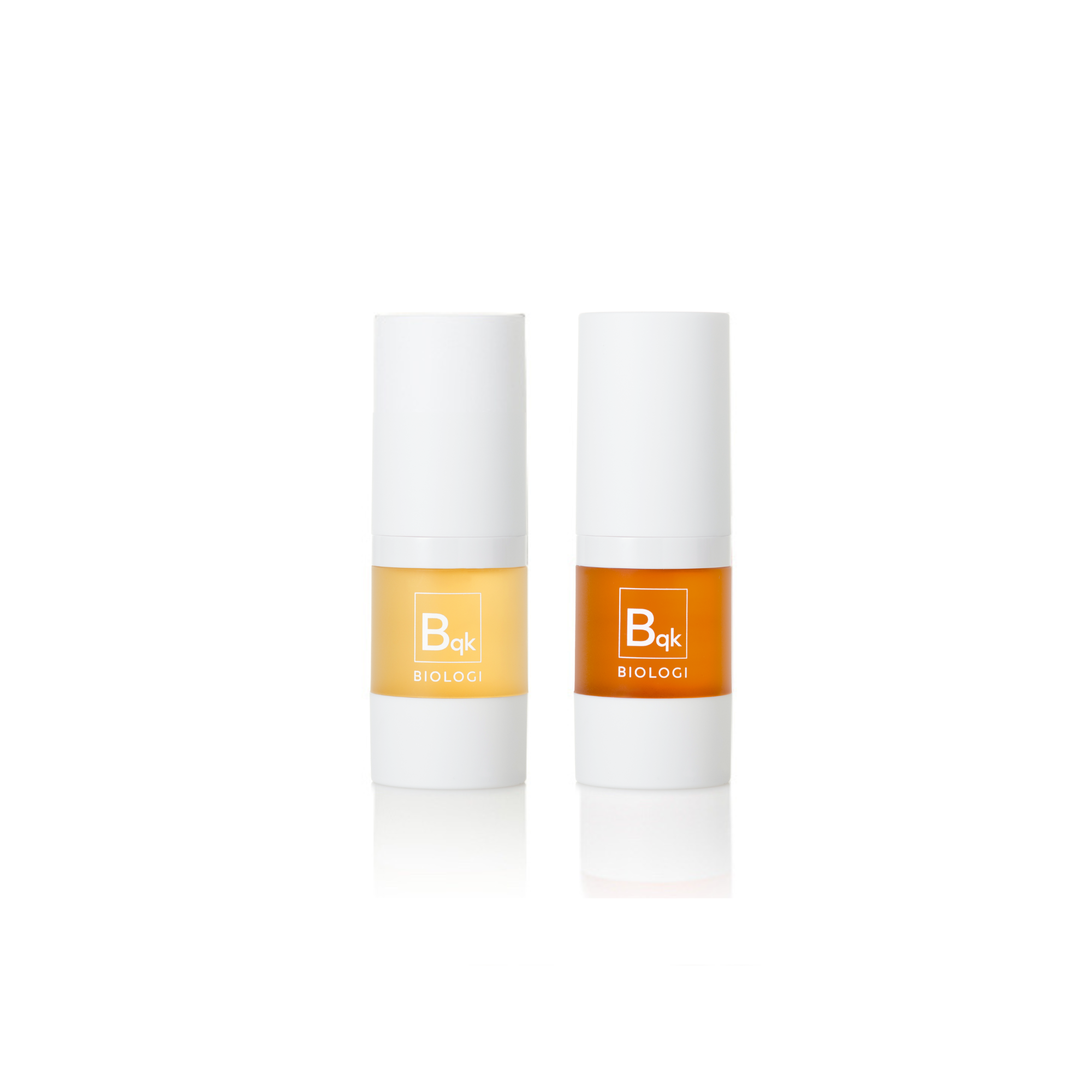Ice baths, cold-water therapy and ice globes – the facts on this popular ritual.
What is it? Cold facial therapy - often referred to as an ice facial or ice baths - involves immersing your face in a bowl of icy water for around 10-20 seconds. While it’s recently gained popularity across social media, this practice actually dates back thousands of years and has roots in ancient cultures. In this guide, we explore the benefits of cold-water therapy for the skin and how you can incorporate it into your daily routine.
What are the Benefits?
Everyday Glow & De-Puffing
The daily benefits are said to help with calming inflammation, constricting blood vessels, and reducing puffiness. Regular use may help reduce the appearance of tired eyes and puffiness caused by fluid retention or lack of sleep. It’s also a refreshing way to wake up your skin and start your day with a natural, healthy glow.
Texture & Oil Regulation
Other benefits may include improving skin texture through the process of blood vessels constriction and vasodilation which allows blood flow to deliver more oxygen and nutrients to the skin. Cold therapy may also balance sebum production by reducing norepinephrine, a hormone produced in the adrenal glands that can stimulate sebum production.
Are there alternatives to ice baths?
If ice bathing seems too extreme for you, an easy alternative may be cool rollers, introduced daily or as required. Cool rollers or ice globes can be used over the face to help to calm the skin and reduce puffiness. Used with a serum to help with glide, rollers help to increase superficial lymph movement, leaving a healthy complexion.




